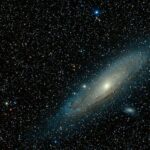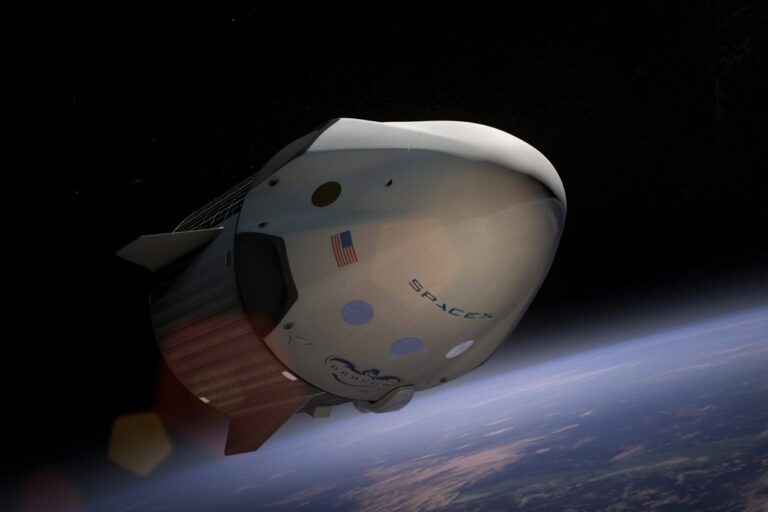A planetary system has been discovered that staggers the imagination with its size…
Our solar system is quite small by cosmic standards. We can say this with certainty after astronomers at a distance of 100 light years from Earth discovered a single, seemingly lonely planet – a huge gas giant called 2MASS J2126-8140, which is 12-15 times the size of Jupiter we know.
Further research has shown that the found planet is not an outcast, thrown into interstellar space by gravitational forces, but has its own orbit around the star, distant from it at a distance of about 1 trillion kilometers. This is 6,900 times greater than the distance from the Earth to the Sun. At this distance, the star looks like a small, dim light in the night sky, about the same way we observe other stars after sunset. Interestingly, it takes about a million years for a planet to complete one revolution around its luminary.
Scientists are trying to figure out how a planetary system could be formed at such a considerable distance. It probably emerged not from a gas-dust cloud, like our solar system, but from a directional gas-dust jet.
The largest planetary system found in the cosmos is very young, 10-45 million years old. It is predicted that the life of this system will not last long. A planet and a star are so loosely coupled that any gravitational influence from another cosmic body could upset this delicate balance.













